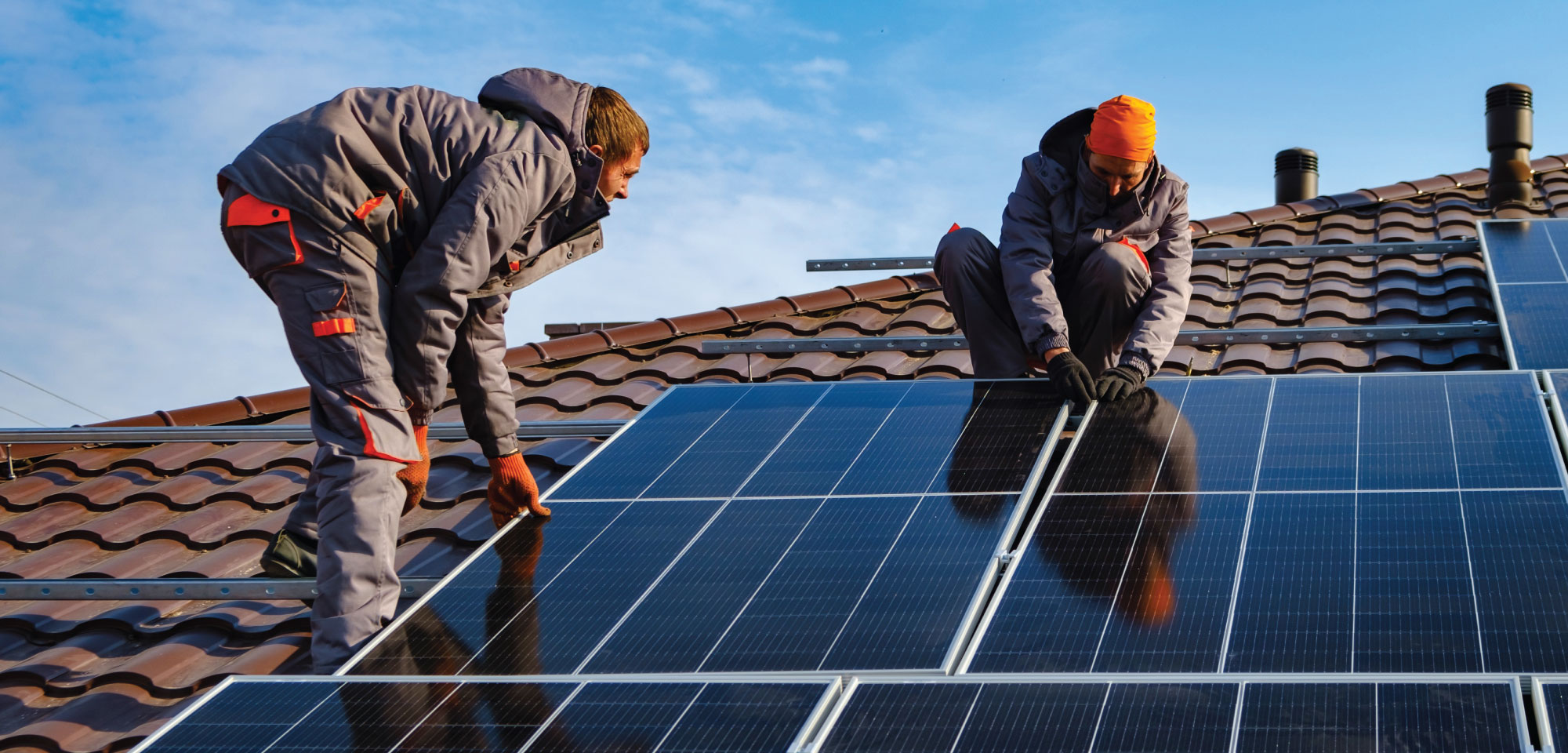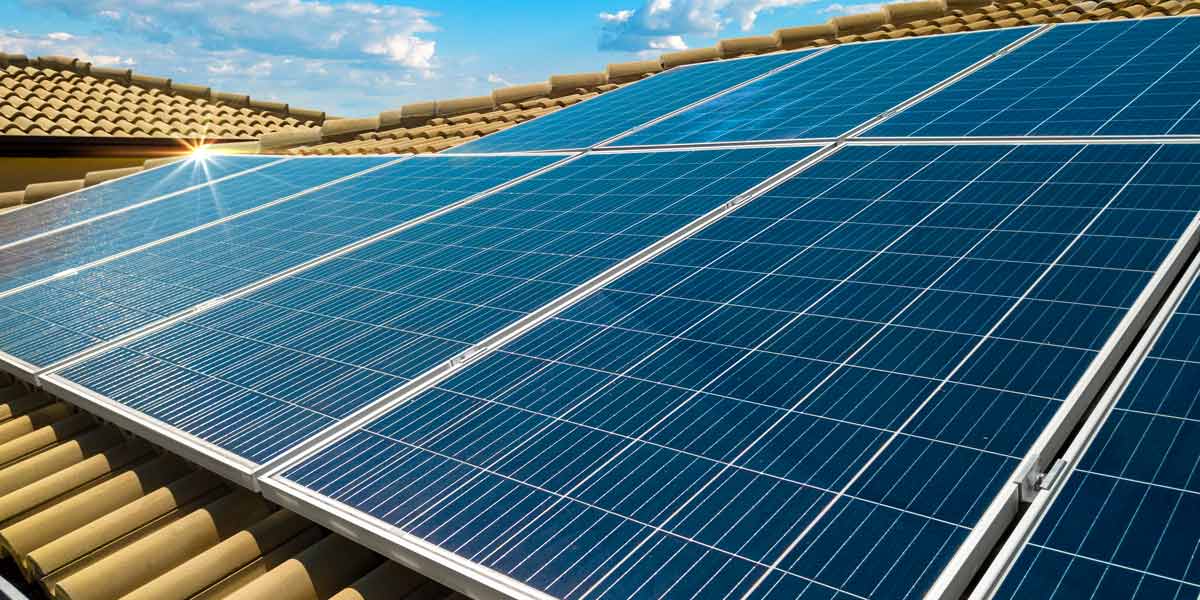9 Simple Techniques For Solar Panel Installation Virginia
9 Simple Techniques For Solar Panel Installation Virginia
Blog Article
Virginia Energy Efficiency Programs: Lumina Solar Specializes In Offering Advanced Photovoltaic Solutions For Houses And Services
History and Establishing
Have you ever wondered how a photovoltaic panel company springs from a mere trigger of motivation into a powerhouse of renewable resource? It often starts with a vision-- one fueled by a blend of development, decision, and a pinch of serendipity. The journey of many solar business mirrors the development of the innovation itself: from bulky, ineffective panels to sleek, high-efficiency marvels harnessing the sun's bounty.
The Early Days
In the late 20th century, when solar power was still a specific niche concept, leaders planted seeds for what would end up being a global motion. Imagine a little workshop filled with curious engineers, relentlessly explore photovoltaic cells. Their passion was palpable, frequently driven by a desire to combat climate modification and reduce dependence on fossil fuels.
One such anecdote has to do with a creator who, influenced by an outdoor camping trip, realized that even in remote locations, the sun might power vital gadgets. This easy observation sparked a business's mission to democratize access to clean energy.
Establishing Concepts

- Development: Constantly pressing the boundaries of solar technology to improve effectiveness and resilience.
- Sustainability: Committing to environmentally friendly manufacturing and lowering carbon footprints.
- Ease of access: Making renewable energy options budget-friendly and practical for everyday users.
Turning points in Development
| Year | Secret Event |
|---|---|
| 1985 | Business established in a small garage, focusing on research and development. |
| 1995 | Commercial solar panel product released, acquiring regional attention. |
| 2005 | Broadened to global markets, embracing worldwide renewable resource objectives. |
| 2015 | Introduced cutting-edge photovoltaic panel innovation with improved energy conversion. |
Isn't it fascinating how these incremental steps, typically neglected, form the energy landscape today? The photovoltaic panel business story is not almost technology; it's about an unrelenting quest for a brighter, cleaner future.

Innovations in Photovoltaic Panel Technologies
Ever noticed how some photovoltaic panels shine brighter and last longer? It's not magic; it's the science of photovoltaic efficiency. Modern photovoltaic panel business invest heavily in innovations like bifacial cells, which catch sunshine from both sides, increasing energy harvest without expanding roofing area. Have you ever wondered why some panels perform better on cloudy days? That is because of advances in thin-film solar innovation, which thrives under diffused light conditions.
Item Variations Customized to Special Requirements
One size never fits all. Photovoltaic panel suppliers now use:
- Monocrystalline panels for maximum performance and sleek looks, suitable for space-constrained roofs.
- Polycrystalline panels, which provide an affordable option without compromising too much output.
- Building-integrated photovoltaics (BIPV), merging solar tech perfectly into architectural aspects like windows and exteriors.
Choosing the ideal product isn't just about in advance expense; it has to do with matching your environment, energy objectives, and long-term savings. Homes shaded by trees require panels that stand out in low-light circumstances, something lots of neglect until energy costs climb up all of a sudden.
Technical Tips for Ideal Choice
- Examine the temperature coefficient-- lower values mean panels lose less performance on hot days.
- Try to find panels with improved anti-reflective coverings to maximize light absorption.
- Consider the panel's guarantee not just for defects, however for guaranteed power output over decades.
- Do not ignore the importance of the inverter innovation combined with the panels; it can make or break your system's performance.
Beyond Panels: Emerging Patterns
Envision photovoltaic panels that change their angle automatically to chase the sun-- tracking systems are becoming more accessible, increasing yield substantially. Or solar tiles that mix undetectably into your roofline, transforming your home into a silent, self-dependent power generator. These innovations are reshaping what a photovoltaic panel company uses-- not simply items, but incorporated energy options.
Market Existence and Global Operations
Ever wonder why some solar panel companies seem to sprout up in every corner of the globe while others hardly make a ripple? The distinction lies not just in technology however in mastering the art of navigating varied markets. Broadening internationally is like planting seeds in various climates-- you should understand each environment's special conditions to grow.
Take, for example, the detailed dance of logistics and supply chain management. Shipping panels halfway throughout the world isn't practically range; it has to do with timing, custom-mades, tariffs, and adapting to local need variations. A business with robust international operations prepares for these variables, guaranteeing panels arrive on schedule without pumping up costs. This foresight is no small feat and typically separates industry leaders from fans.
Secret Techniques for Expanding Market Presence
- Localized manufacturing: Developing production hubs near target markets minimizes shipping hold-ups and import complexities.
- Strategic collaborations: Teaming up with regional firms accelerates market penetration and builds trust.
- Adaptive product style: Customizing photovoltaic panel tech to weather, sun strength, and facilities subtleties boosts performance and acceptance.
What about the human aspect? Photovoltaic panel companies running worldwide should reconcile cultural distinctions and regulatory nuances without forgeting their core objective. What works in a sun-drenched desert might falter in a damp seaside region. Often, the most innovative solution is simply listening-- taking in local insights to fine-tune innovation and approach.
Professionals typically advise a phased rollout instead of a shotgun growth. Why run the risk of overextension when measured development builds sustainable momentum? Scaling carefully implies balancing aspiration with operational resilience - Solar Panel Company. In the race for sustainable energy supremacy, patience can be as important as speed.
Environmental Effect and Sustainability Practices
When solar panels first emerged, many assumed they brought zero environmental luggage. However, the truth is more nuanced. The production of photovoltaic cells involves uncommon earth metals and energy-intensive processes, which can leave a substantial carbon footprint before the panels even reach roofs. Yet, the real environmental expense depends heavily on the sustainability practices used by the solar panel company throughout the lifecycle of their products.
How frequently do we pause to consider what takes place to photovoltaic panels at the end of their useful life? Unlike batteries or electronics, photovoltaic panels can last 25-30 years, however disposal and recycling paths stay underdeveloped in numerous regions. A company committed to reducing ecological harm will have a robust plan for recycling photovoltaic materials, restoring valuable silicon, glass, and metals to avoid garbage dump build-up.
Secret Sustainability Techniques
- Using low-impact manufacturing strategies that minimize water and energy intake.
- Implementing closed-loop systems to recycle production waste back into new panels.
- Participating in transparent supply chain audits to ensure ethical sourcing of basic materials.
- Designing panels for simpler disassembly to aid future recycling efforts.
It's worth noting that some solar business have actually originated innovative techniques, such as incorporating eco-friendly elements or utilizing less harmful chemicals during fabrication. This not only reduces environmental stress however likewise sets a precedent for the industry. The concern stays: can the solar market really pivot towards a circular economy design without sacrificing performance read more or affordability?
Specialist Tips for Examining Sustainability
- Inquire about the company's commitment to carbon-neutral production and whether they balance out emissions.
- Examine if they partner with accredited recycling centers devoted to solar panel waste.
- Search for transparency reports detailing ecological effects and sustainability objectives.
- Think about the durability and service warranty of panels as an indirect procedure of resource performance.
In the end, selecting solar power must indicate more than just slashing electricity bills; it has to do with nurturing a future where energy is gathered properly and waste is thoughtfully handled. Photovoltaic panel business that welcome this approach not just light up homes but also cast a brighter light on sustainable innovation.
Report this page